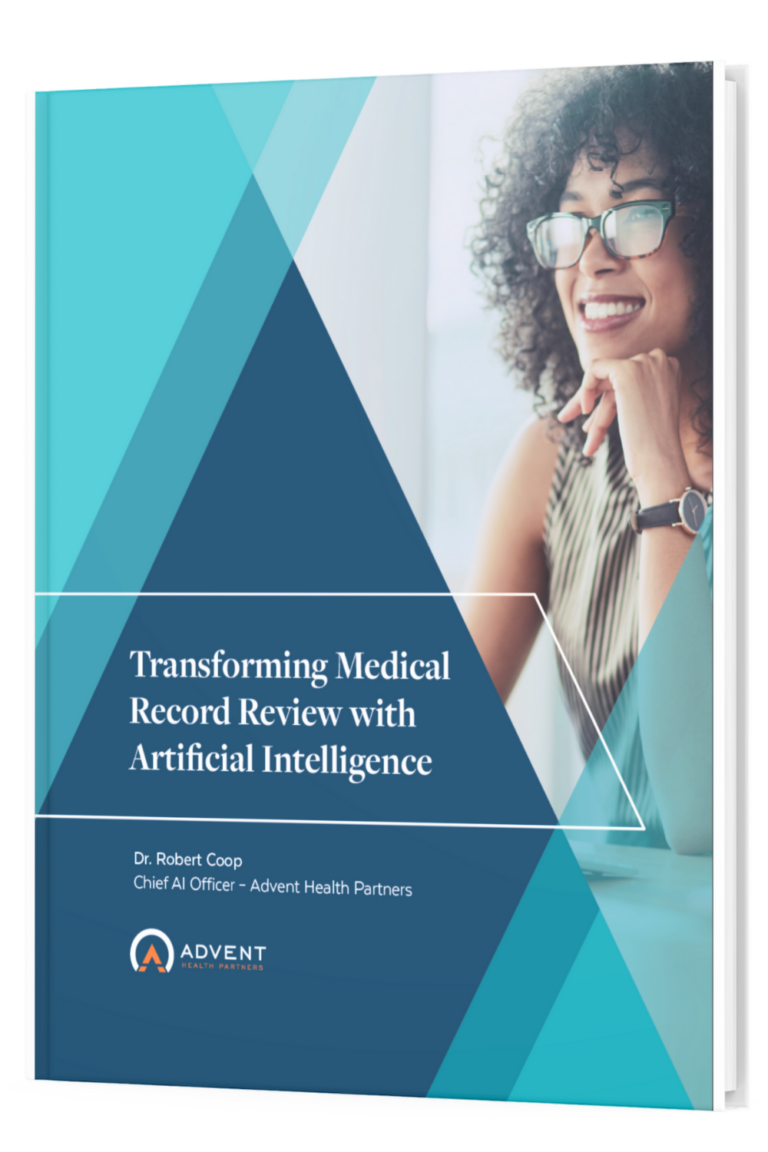In 2020, insufficient documentation accounted for 63% of all improper payments, followed by incorrect coding (16%), medical necessity (11%), and no documentation (4%), equating to a $25.74 billion loss of revenue. Knowing and having strict standards for what is required for each scenario will help your organization implement a more efficient claims review process and increase revenue.
Having clear and defined policies is the first step toward an efficient and gainful claims review process. Having consistent reviews is beneficial, so you are building up historical data that can later be leveraged for process improvements.
In the clip below, join Emily McMakin, our Sr. Director – Platform Management, as she shows you how to increase the efficiency of your claims review process to save your organization time and money.
Proactive Procedures and Policies
Improper payment rates due to billing errors can be solved by having clear standards for each scenario. High-skilled workers usually examine itemized bills, adding to the costs associated with itemized bill review.
There are methods to streamline the review process to minimize the time spent reviewing a single claim, starting with documented policies and procedures surrounding the itemized bill. For example, an organization that has outlined routine supplies in their policy benefits from a consistent review process and helps educate the provider, allowing them to update the chargemaster and prevent future billing errors.
Standardization
For an industry, automation is impossible if there is significant variance from one reviewer to another. For example, most health plans have a clearly documented policy on mammograms that explains when the procedure is medically necessary.
These policies help guide the reviewers on why a female might meet medical necessity for a mammogram before reaching the recommended threshold age. This ensures that the process is consistent and in line with best medical practices.
In addition, having a consistent review process creates trends in the data that can later be leveraged for detection and automation. As a whole, the healthcare industry must make decisions to support homogenous policies as that reduces friction between payers and providers and reduces time to revenue.
For example, the definition of hemorrhaging varies based on individual providers and practices, and ultimately, it is up to provider behaviors, policies, and data to create blood loss thresholds. However, once the definition of hemorrhaging is standardized, we can further expedite the review process by bringing the industry standard to technology.
Technology
It is essential to consider how specific processes and tools can play a role in technology. Optical character recognition (OCR) extracts text from PDF images, making the document searchable. AI can then help indicate keywords to assist in extracting the text and transforming it into a structured, uniform table. This allows users to easily detect coding errors by sorting and filtering for charges based on documented policies.
The other benefit is that you now have discrete fields instead of unstructured data to weave in analytics to select patterns of billing errors among providers. This allows an organization to better target where policies need to be reviewed, provides extended education, and ensures that auditors are consistent throughout the review process.
Topics include:
- AI converting scans or physical records into digital formats
- Utilizing AI to classify documents in a medical record
- Reducing cognitive burden on your record review team
Additionally, technology can help automate industry criteria around the outlier reviews process. AI can further streamline the review process by detecting overcharges for medications, unbundling, and non-payable supplies and services. This allows the auditor to focus on more complex concepts like medical necessity and level of care.
When proactive procedures and policies, standardization, and technology work together, the industry will see a more streamlined claims review process, leading to fewer errors, higher efficiency, higher productivity, and decreased time to revenue.
How Advent Can Help
Advent Health Partners has solutions to reduce your organization’s time to revenue and improve efficiency across the board. Our technology-driven platform has an open API and a HIPAA-complaint-certified framework. Our team has strong clinical and claims knowledge to assist your organization with mapping between siloed systems and minimizing payer investment.
Advent’s data science team can help you break down complex processes with AI-like classification of document types, extracting clinical data from the medical record, and identifying disallowed charges in the itemized bill.

